In a world that often celebrates excess—where "more" is frequently mistaken for "better"—the subtle art of moderation sometimes gets lost in the noise. Yet, what if we viewed moderation not as restriction but as precision? Imagine holding a measuring cup in your kitchen. Too little flour, and your cake collapses; too much, and it becomes dense and inedible. That measuring cup isn't limiting your cake's potential—it's ensuring its success through careful balance.
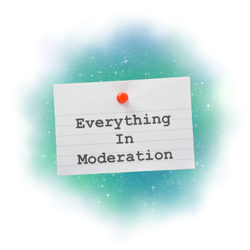
Our relationship with moderation works much the same way. It isn't about denying ourselves pleasure or experience, but rather about finding the sweet spot where we can fully savor life without being consumed by its excesses. Today, I invite you to explore how viewing moderation as a measuring cup can transform how we understand self-control and help us develop what I call a "temperance toolbox"—practical skills for managing our impulses and emotions with greater awareness and intention.
Measuring What Matters: Precision Over Prohibition
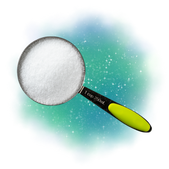
A measuring cup doesn't judge the ingredients it holds—it simply provides a framework for balance. When we pour sugar into a measuring cup, we're not demonizing sweetness; we're acknowledging that the right amount brings joy while excess brings consequences.
Similarly, moderation isn't about judging our desires as "good" or "bad," but rather recognizing that even the most wonderful experiences have an optimal measure. That glass of wine with dinner, time spent on social media, hours dedicated to work—all can enrich our lives when properly portioned and drain us when overflowing.
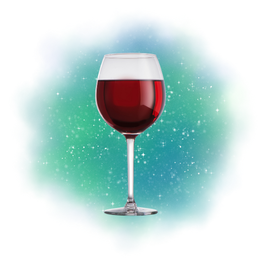
Different Cups for Different Substances

Look in any well-equipped kitchen and you'll find measuring cups of various sizes—from the tiny 1/4 teaspoon to the 2-cup measure. The wise cook knows that vanilla extract requires a different measure than flour.
Our temperance toolbox functions similarly. Self-control isn't one-size-fits-all. The strategies we use to moderate our spending might differ from those we use to moderate our emotional reactions or eating habits. Each area of life may require its own specialized "measuring cup."
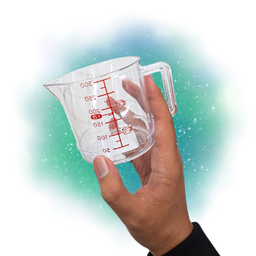
Reading the Measurements: Developing Self-Awareness
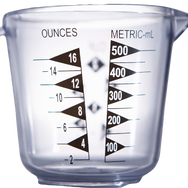
A measuring cup is only useful if you can accurately read its markings. Those lines and numbers provide crucial information about quantity—but you must know how to interpret them.
In developing our temperance skills, self-awareness serves as our ability to "read the measurements." This means recognizing our personal tendencies, triggers, and thresholds. Some of us naturally pour too generously; others tend to be overly sparing. Understanding our baseline helps us compensate accordingly.
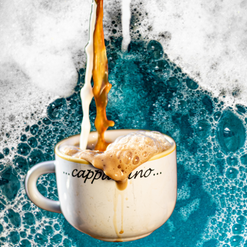
Calibrating Our Cups: The Practice of Refinement
Even the most precise measuring cups occasionally need recalibration. Over time, markings can fade or warp, changing what once was accurate.
Our personal standards for moderation similarly require regular reassessment. What served us well in our twenties might need adjustment in our forties. What works during less stressful periods might prove insufficient during major life transitions.
This is where the true practice of temperance emerges—not as a static set of rules but as an ongoing conversation with ourselves about what constitutes "enough." It's about regularly checking our measuring cups against reality and making mindful adjustments.
Practical Takeaways: Building Your Temperance Toolbox
As you consider how this measuring cup metaphor might apply to your own life, here are some practical ways to develop your temperance skills:
Identify your overflow areas:
Where do you consistently "overfill the cup"? These might be work hours, social media usage, spending, or emotional reactions. Name them specifically.
Establish clear measurements:
Define what "enough" looks like in concrete terms. Instead of vague intentions like "drink less coffee," try "limit coffee to two cups before noon."
Create visual reminders:
Just as measuring cups have visible markings, create external reminders of your chosen limits. This might be a timer on your phone for social media or a visible boundary in your wine glass.
Practice mindful pouring:
Before automatically filling your cup, pause and ask: "How much do I truly need right now? What's the optimal measure for my wellbeing?"
Celebrate precision:
Rather than focusing on what you're giving up, appreciate the artistry of finding exactly the right amount—the point where enjoyment peaks before diminishing returns set in.
The Art of Enough
The measuring cup in your kitchen doesn't exist to deprive you of ingredients but to ensure the perfect balance that leads to delicious results. Likewise, moderation isn't about limitation but about liberation—finding freedom in the space where "enough" meets contentment.
By developing our temperance toolbox, we learn to pour with precision rather than excess or scarcity. We discover that self-control isn't about white-knuckled resistance but about the mindful calibration of our choices against our deeper values and wellbeing.
Perhaps most importantly, we recognize that moderation itself requires moderation. There are times to measure carefully and times to pour freely. The wisdom lies in knowing the difference—and in finding joy in the process of getting the measurements just right.
Take the next step! Download the worksheet to apply what you've learned.


Add comment
Comments